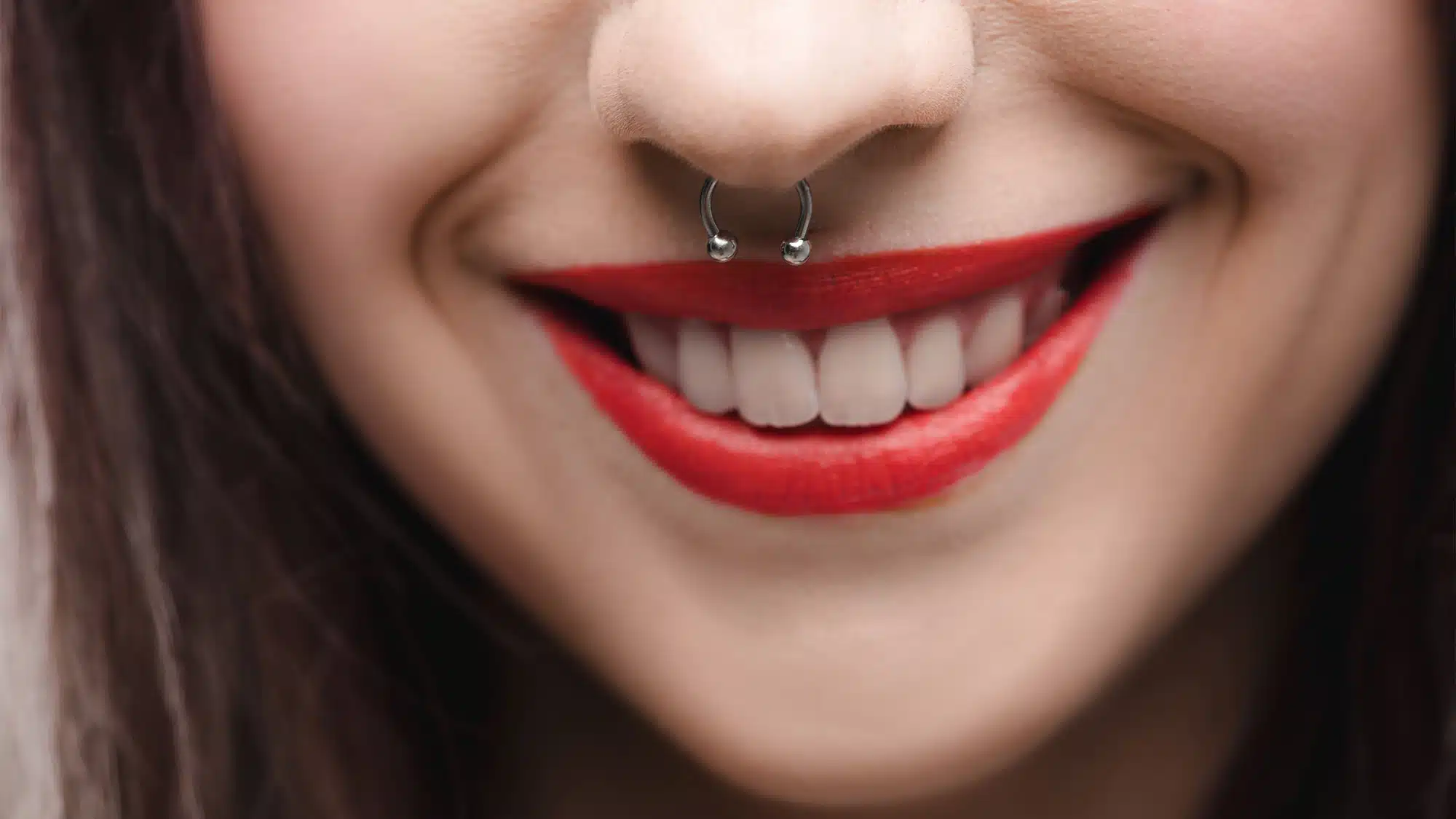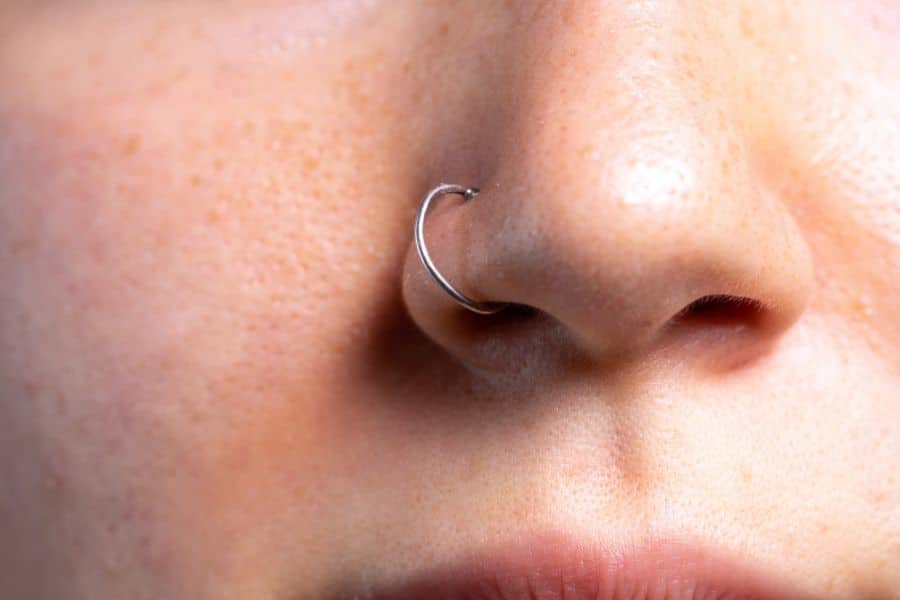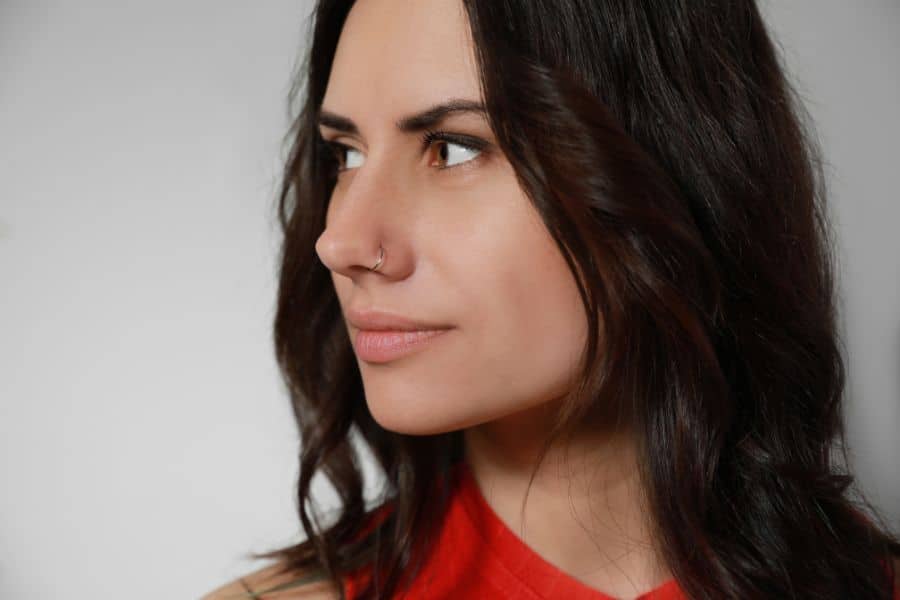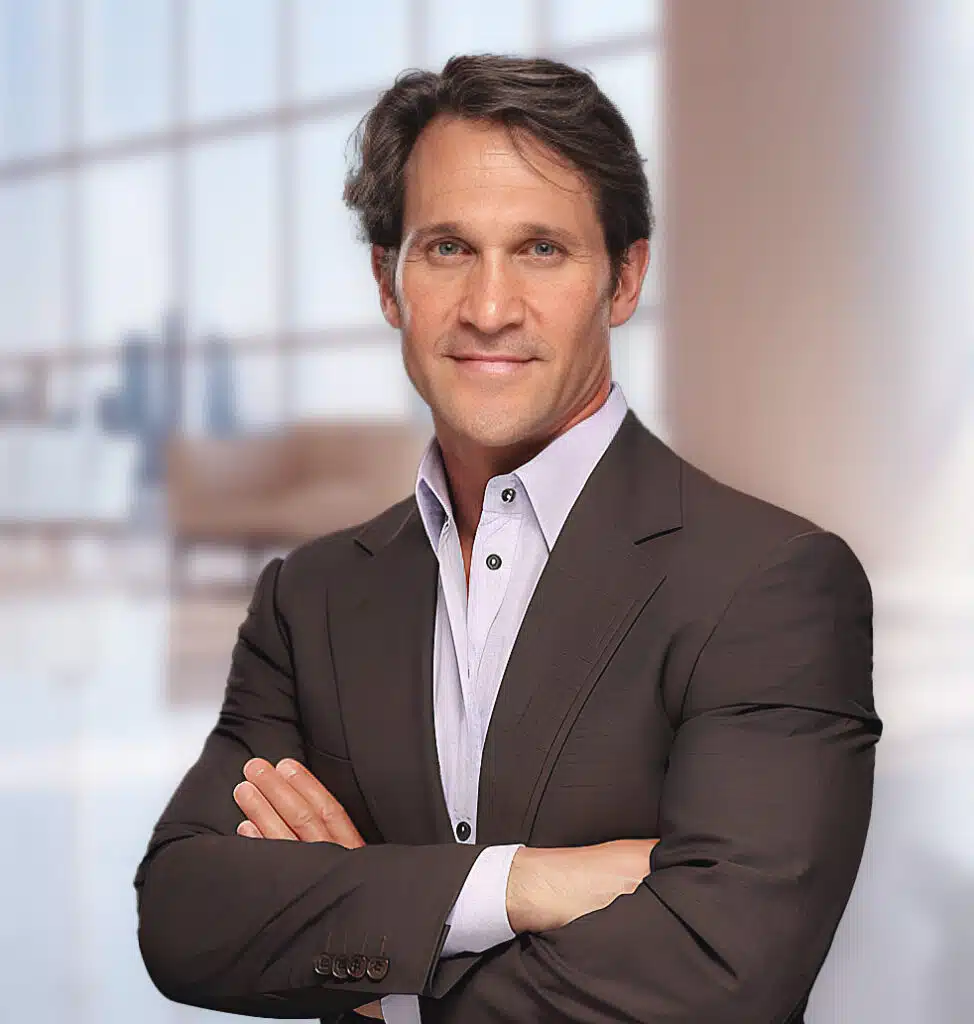
How Do Nose Piercings Affect a Rhinoplasty?
Thinking about a nose piercing after rhinoplasty surgery? Many rhinoplasty patients wonder how soon they can safely add jewelry without risking their results. Piercings seem small, yet they interact with healing tissue and swelling. Here is what to consider if you love body art and also value thoughtful plastic surgery.
From timelines to technique, understanding what happens beneath the skin makes choices easier and outcomes better. We will answer the most common questions, set realistic expectations, and help you plan your look with confidence so your piercing goals align with your recovery and your long-term facial balance and health.
Can You Get a Nose/Septum Piercing After Rhinoplasty?
Yes, but timing matters. After rhinoplasty, wait until your surgeon confirms proper healing before pursuing any type of nasal piercings. The nose contains skin, soft tissue, and cartilage that remodel for months. A septal piercing passes near the columella and septum, while nostril piercings traverse delicate tissue. Piercing too soon can shift jewelry, inflame swelling, or introduce an infection that harms results. Many patients postpone new piercings for several months, then use sterile technique and conservative placement. Always clear plans with your surgeon so aesthetics and safety remain aligned.
Can You Get Other Facial Piercings After a Nose Job?
After nose surgery, many patients wonder if piercings elsewhere on the face are safer or easier to manage while healing. In most cases, non-nasal piercings such as eyebrow, lip, or cheek placements carry fewer risks than piercing directly through swollen nasal tissue, but they are not entirely without complications. Swelling, changes in sleeping position, and temporary pressure from masks or bandages can irritate fresh piercings. Even if jewelry is placed far from the nose, the immune system is still processing surgical trauma, which may slow healing. Waiting until overall inflammation subsides makes for a smoother recovery across the board.

Can You Get a Rhinoplasty With a Nose Piercing?
Yes, you can have rhinoplasty even if you currently have a nose piercing, but your surgeon will usually ask that jewelry be removed and, in some cases, replaced with a clear retainer. The goal is to prevent infection, avoid pressure on dressings, and keep the piercing tract from intersecting planned incisions during nasal surgeries. For a closed approach, incisions are inside the nostrils and typically away from most piercing sites; for an open rhinoplasty, a small incision is made across the columella as part of the open rhinoplasty procedure, which still rarely conflicts with a healed nostril or septal tract when planning is careful.
Details matter. Jewelry can distort taping or splints, harbor bacteria, or complicate the placement of cartilage grafts. Preoperative photos help map piercing tracts so the surgeon can avoid them when possible and advise on removing or retaining jewelry before the operation. If a piercing passes close to the columella or along the septum, temporary removal is safer to protect both breathing and cosmetic surgery goals. Your surgeon may coordinate with your professional piercer to preserve the tract while minimizing trauma, then confirm reinsertion timing once swelling subsides and lining tissues have stabilized. With thoughtful planning and clear communication, most patients proceed smoothly without losing their piercings for good.

When Can Piercings Go Back In After Surgery?
Once surgery is complete, the next decision is when jewelry can safely be returned. Timelines vary by anatomy and procedure, so use the surgeon’s clearance as your guide rather than a fixed date. Many patients can consider reinsertion only after splints and external taping are off, incisions are sealed, and swelling has begun to settle. For some, that first checkpoint arrives around the two to four week mark; for others, it takes longer.
Think in milestones. Early healing focuses on protecting incisions and avoiding pressure on the nose during sleep, mask wear, or glasses. Intermediate healing involves quieting inflammation and letting the lining tissues stabilize so jewelry does not rub or trap bacteria. Deeper remodeling of cartilage and soft tissue continues for several months, which is why gentle jewelry shapes and light gauges are preferred at first. Implant-grade materials and meticulous hygiene reduce irritation.
Practical steps help: photograph the site before removal, use sterile technique, insert at the end of a shower when tissues are softer, and stop immediately if pain, bleeding, or resistance occurs. Red flags include increasing redness, throbbing pain, drainage with odor, fever, or any change in nasal shape or breathing. If any of these appear, remove the jewelry and contact your surgeon promptly.
Optimize Your Rhinoplasty Results
Schedule a consultation with Dr. Andrew Frankel to discuss your needs and receive personalized care.

Consult with an Expert Rhinoplasty Surgeon?
Choosing a highly experienced facial plastic surgeon is the single best way to protect both your safety and your cosmetic results. Rhinoplasty reshapes delicate structures that influence breathing and balance. A specialist who understands nasal anatomy, scar behavior, and piercing mechanics can guide timing, placement, and aftercare so that plans for jewelry fit your healed nose. If you are unsure about timing, book a rhinoplasty consultation before making piercing decisions.
Dr. Andrew S. Frankel is double board-certified in Facial Plastic and Reconstructive Surgery and Otolaryngology-Head and Neck Surgery, with more than twenty-five years in a boutique Beverly Hills practice. He has taught at UCLA and USC, completed advanced fellowship training, and is known for complex rhinoplasty work. To discuss your goals, call 310-552-2173 or visit our contact page to schedule a consultation.

